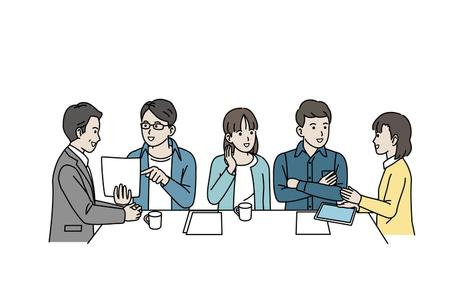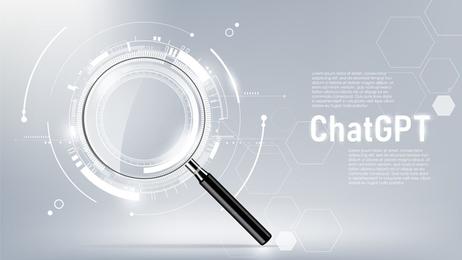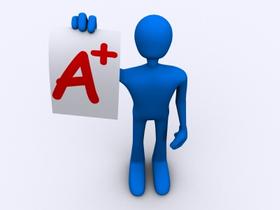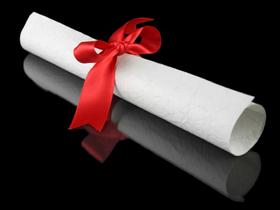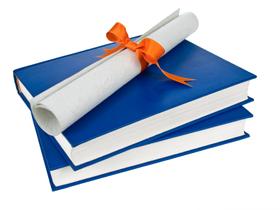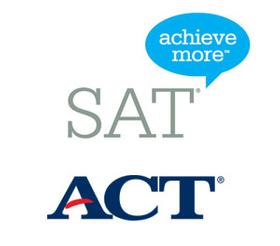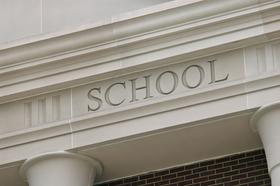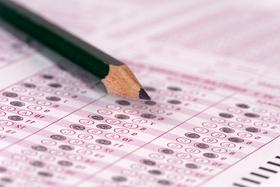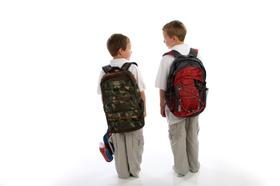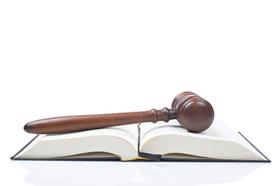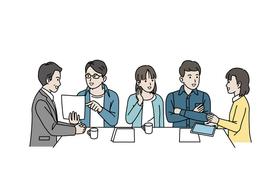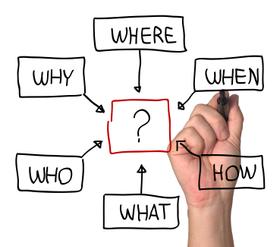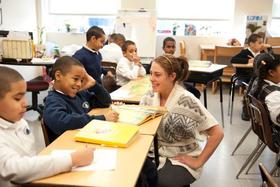Private schools thrive on the active involvement of parents in various aspects of their children's educational experience. These institutions greatly value the contributions of parents in creating a vibrant and supportive community. Volunteering at your child's private school not only fosters a stronger connection with the institution but also sets an excellent example for your child. In this article, we'll explore various ways you can get involved and make a meaningful impact on your children's educational journey.
Parent-Teacher Associations (PTA)
Most private schools have a Parent-Teacher Association (PTA) that plays a crucial role in building a strong school community. Joining the PTA provides parents with opportunities to participate in school-wide initiatives, fundraisers, and events. These organizations often serve as a bridge between parents, teachers, and school administrators. A well-organized, well-run PTA can also become one of your school's most effective marketing tools. Satisfied parents talk and spread the word about the school which means so much to them.
This video explains why it is important to be involved in your school's parent-teacher organization.
Classroom Assistance
Offering to assist in your child's classroom is an excellent way to get directly involved in their education. Teachers often appreciate having volunteers to help with various tasks, such as reading with students, organizing materials, or supervising field trips. By doing so, you can gain insights into your child's daily school life and build a closer relationship

